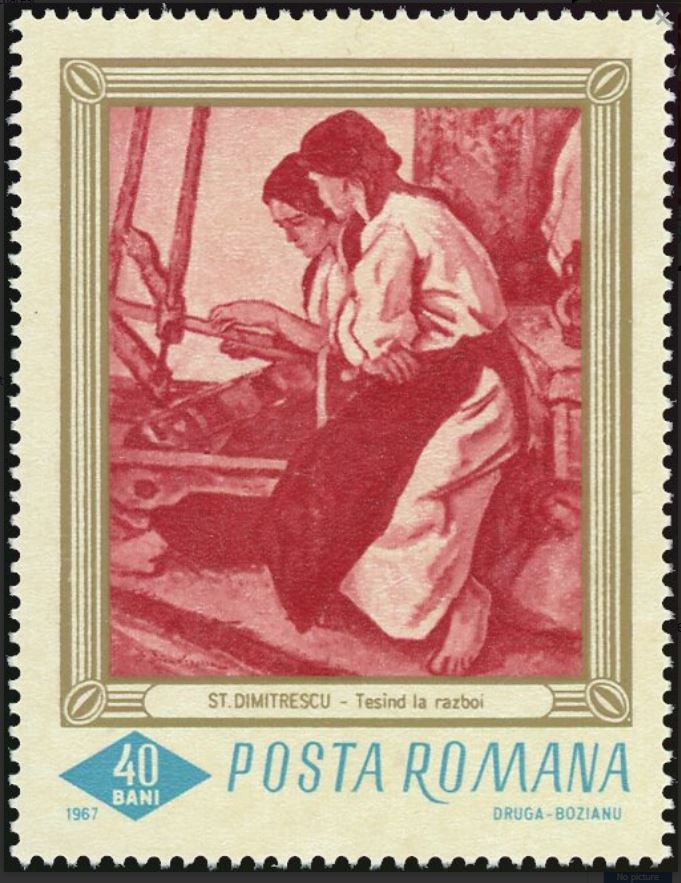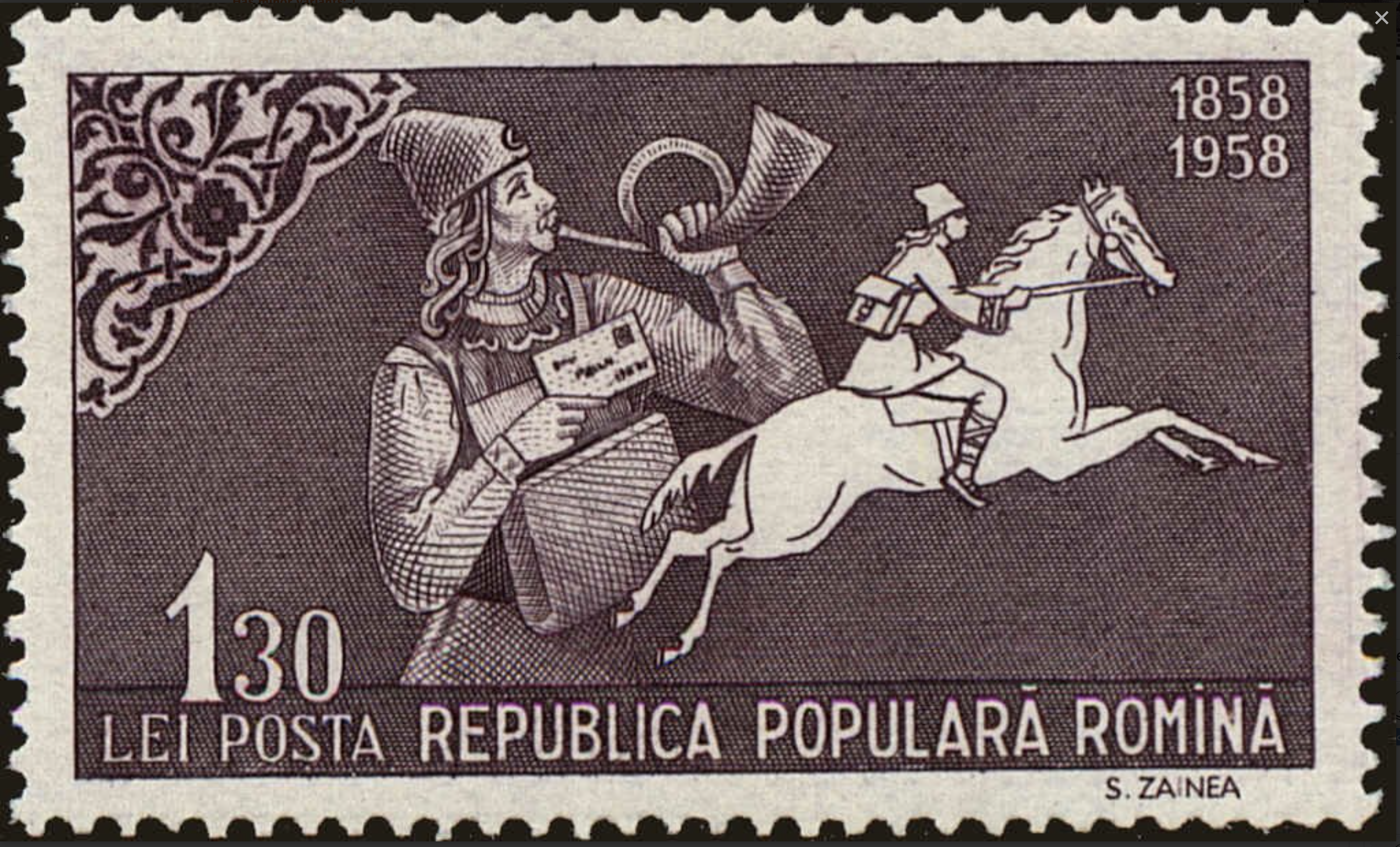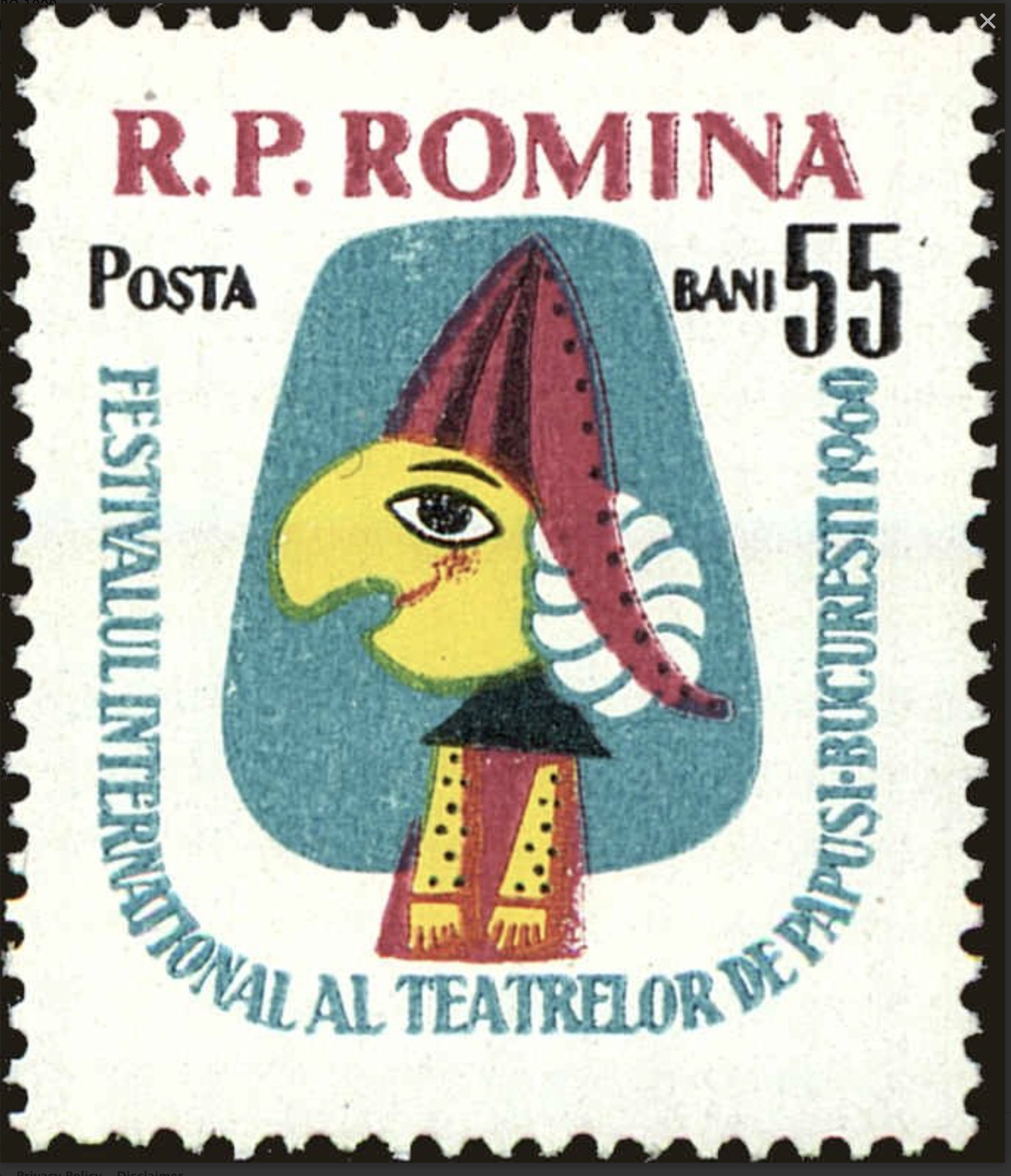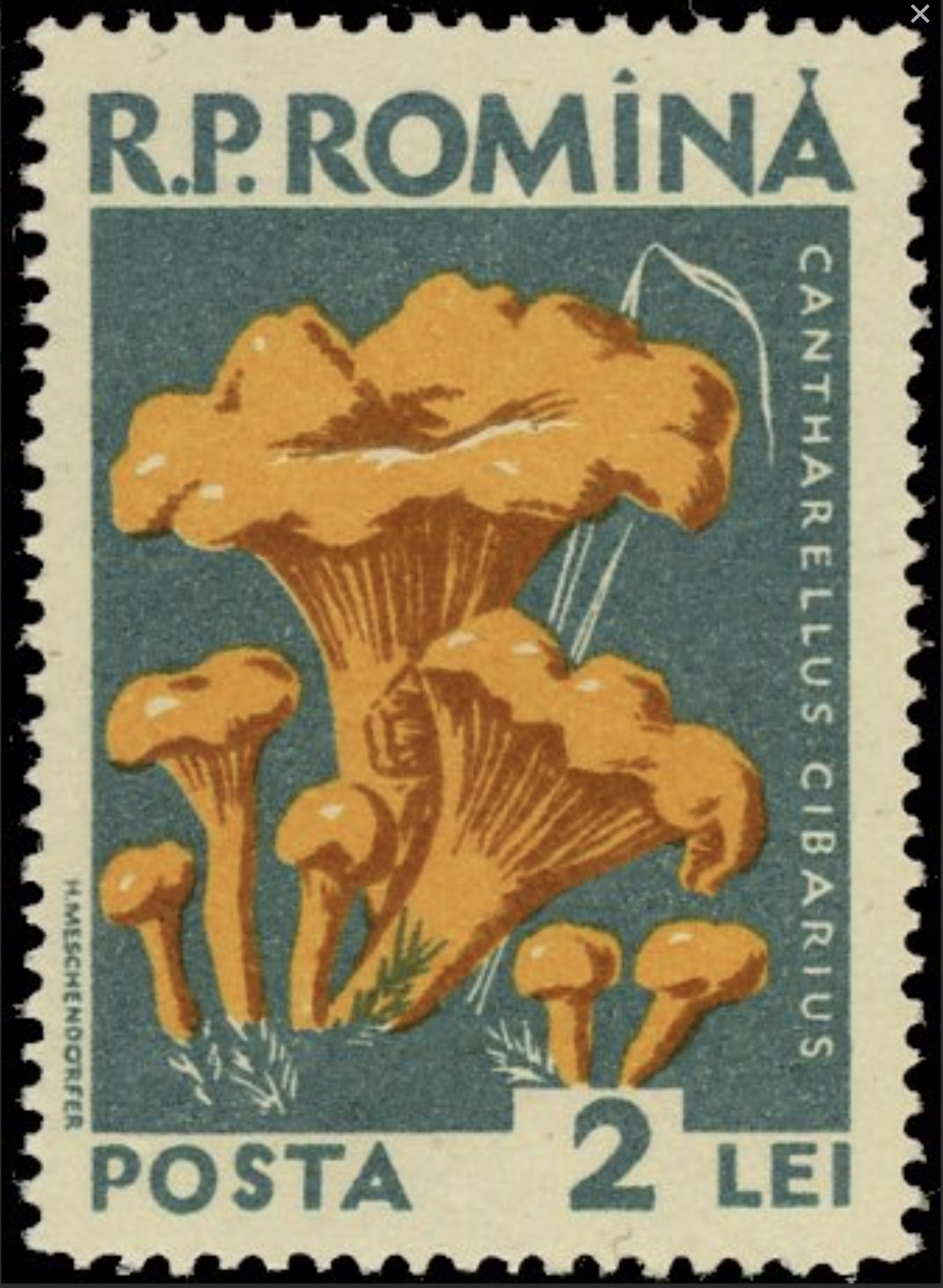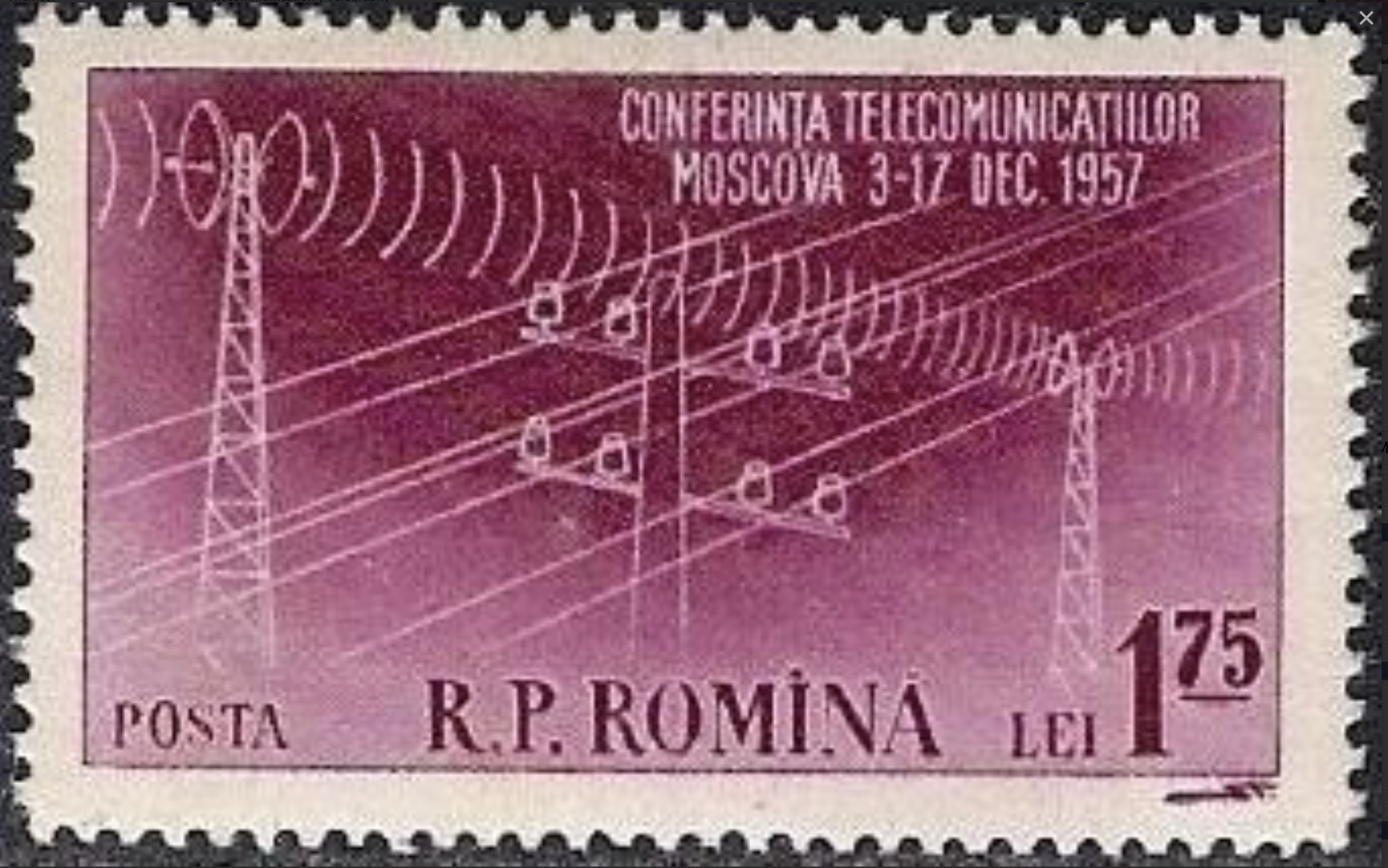Cook Islands #482 (1978) – Captain Cook in Hawaii
$2.50
Cook Islands #482 (1978) – Captain Cook in Hawaii
Description
Cook Islands #482 (1978) – Captain Cook in Hawaii
$200 Commemorative Coin (1978)
https://en.numista.com/catalogue/pieces104927.html
Captain James Cook’s encounters with the Hawaiian Islands are significant both in the context of his exploratory voyages and in the history of Hawaii. Here’s an overview:
- First Voyage (1768-1771): Captain James Cook’s first voyage was primarily aimed at observing the transit of Venus across the Sun, a scientific event that would help astronomers calculate the distance between the Earth and the Sun. Cook’s ship, HMS Endeavour, arrived in Tahiti in 1769 to observe the transit. After successfully completing this mission, Cook continued his exploration, ultimately arriving in New Zealand. It was during this voyage that he first encountered the eastern coast of Australia, which he charted and claimed for Britain.
- Second Voyage (1772-1775): Cook’s second voyage was focused on further exploration of the Pacific Ocean. He was tasked with finding the rumored southern continent, often referred to as Terra Australis Incognita. While he did not find the continent, Cook made significant discoveries during this voyage, including the first European contact with several Pacific islands. In January 1778, Cook’s expedition reached the Hawaiian Islands.
- Discovery of Hawaii: Captain Cook and his crew sighted the Hawaiian Islands on January 18, 1778. He initially named the archipelago the “Sandwich Islands” after his sponsor, the Earl of Sandwich. Cook and his crew anchored their ships, HMS Resolution and HMS Discovery, at Waimea Bay on the island of Kauai. This marked the first recorded European contact with the Hawaiian Islands.
- Subsequent Visits: Cook’s expedition continued to explore the Hawaiian Islands, making several stops at different islands, including Oahu and Maui. Cook’s interactions with the native Hawaiian people were initially cordial, and he was treated with respect and hospitality. However, tensions arose during subsequent encounters, particularly over misunderstandings and cultural differences.
- Death of Captain Cook: On February 14, 1779, Captain Cook and his crew returned to the Hawaiian Islands after encountering some navigational challenges. Tensions between the Europeans and Hawaiians escalated, leading to a violent confrontation at Kealakekua Bay on the island of Hawaii. During the altercation, Captain Cook was killed by Hawaiian warriors. His death marked the end of an era of exploration and had significant consequences for both European-Hawaiian relations and the history of Hawaii.
Overall, Captain Cook’s voyages to Hawaii played a pivotal role in the exploration of the Pacific and had far-reaching implications for the islands’ history and culture.
Ready to ship in 3-5 business days from United States (US)
Additional information
| Condition | |
|---|---|
| Country | |
| Scott Number | |
| Stamp Format | |
| Stamp Type | |
| Year of Issue |









